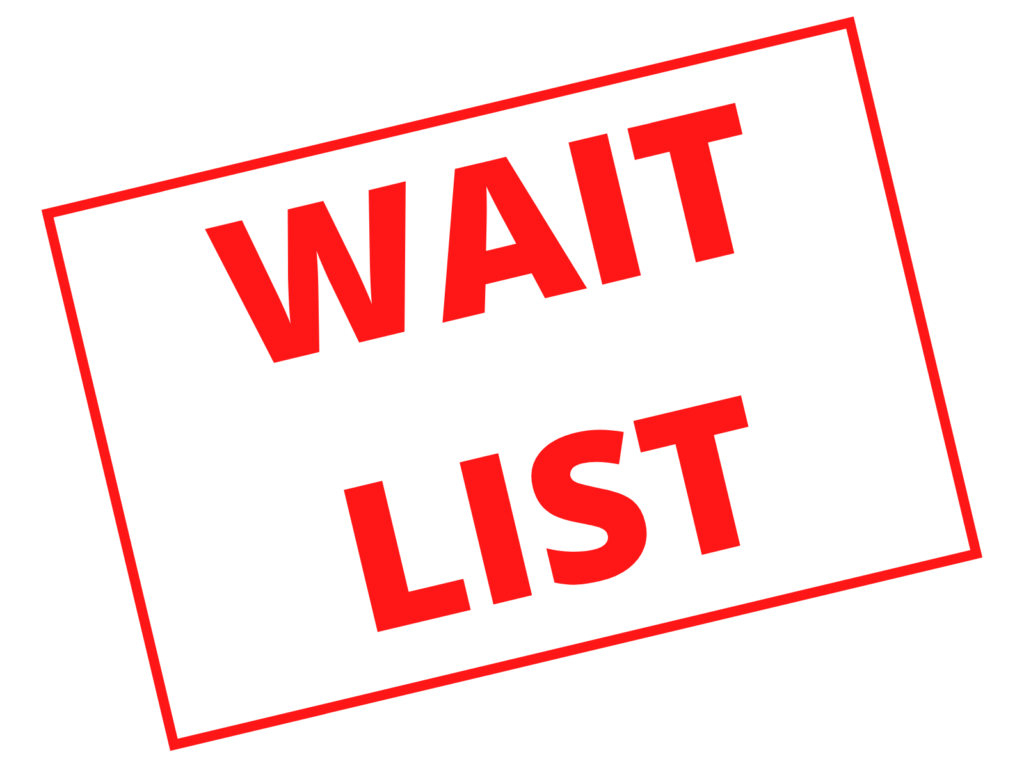
Many patients want an earlier appointment. Many offices have cancellations and no-shows. Often offices use a waitlist to try to solve both problems, but waitlists have their share of problems, especially when not optimized. It is possible to address waitlist problems while enhancing the patient experience, however. Managing patient waitlists is an important part of having a successful practice and patient engagement.
Common Patient Waitlist Workflows
For health systems, there are two types of patient workflows. First, there is the practice-offered waitlist. Second, there is a patient-requested waitlist.
Practice-Offered Waitlists
With a practice-offered waitlist, schedulers ask the patients if they would like to be placed on the waitlist. Usually, it is only upset or angry patients who are offered this opportunity. Ideally, it would be available for all who are interested and could occur with no added work for the staff.
Patient-Requested Waitlists
Some providers only offer a waitlist appointment to patients who ask to be put on it. This is unfair to those who simply do not know the rules. Make a waitlist policy and make it known. Once it is in place, follow the policy—if your system is good enough, it saves work instead of adding it.
Patients Call-In
More often, practices ask patients to check-in to see if an appointment becomes available. Although this method is used to avoid the perceived work of a waitlist, it actually creates more work. Patients calling in to check for open appointments creates numerous calls and keeps staff from other clinically important activities. It also creates a negative patient experience.
Effectiveness
A standard waitlist has several major drawbacks in that waitlists:
- are rarely offered to everyone interested in an earlier appointment
- add to the workload for the schedulers
- increase call volume
- create a false sense of improved patient experience
Solutions that Work
Autonomous Patient-Access Solutions
Fully integrated and artificial intelligence-driven systems can ease the call and scheduling burden. Poorly integrated or cumbersome automation can backfire, further irritating patients and leaving appointments unfilled or filled with the wrong type of patient for that appointment slot. There is no physical waitlist, but the system uses the entire scheduling systems as a virtual waitlist. Rules must be applied to a system to optimize the scheduling outcome.
Open-Access Scheduling
In open-access scheduling, a practice leaves 20% to 30% of the schedule open every day for patients who call in for an open appointment. Once the day fills up, patients are booked out or have to call in the next day.
Telehealth
Telemedicine has seen a surge in popularity, especially with the COVID-19 pandemic, because it can ease patient access and result in shorter appointments. Telehealth, however, has numerous technical pitfalls and requires a very knowledgeable staff, IT department, and provider. Additionally, telehealth can result in lower compensation.
Hire More Providers
More providers see more patients, which is a simple but expensive solution. It also does not address access to a specific provider.
Conclusion
Patient access is only getting more important. Waitlists, regardless of type, will provide small improvements in patient access but are expensive and can damage the patient experience. Technology combined with optimized procedures and an understanding of your practice can yield the real results.
Follow us on Twitter, Facebook, and LinkedIn to join the conversation about growing your practice.


… [Trackback]
[…] Info to that Topic: smartbusinessgreatmedicine.com/patient-waitlists/ […]